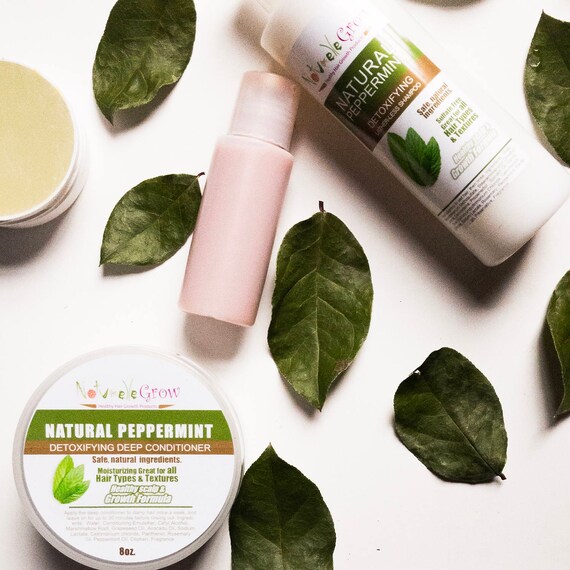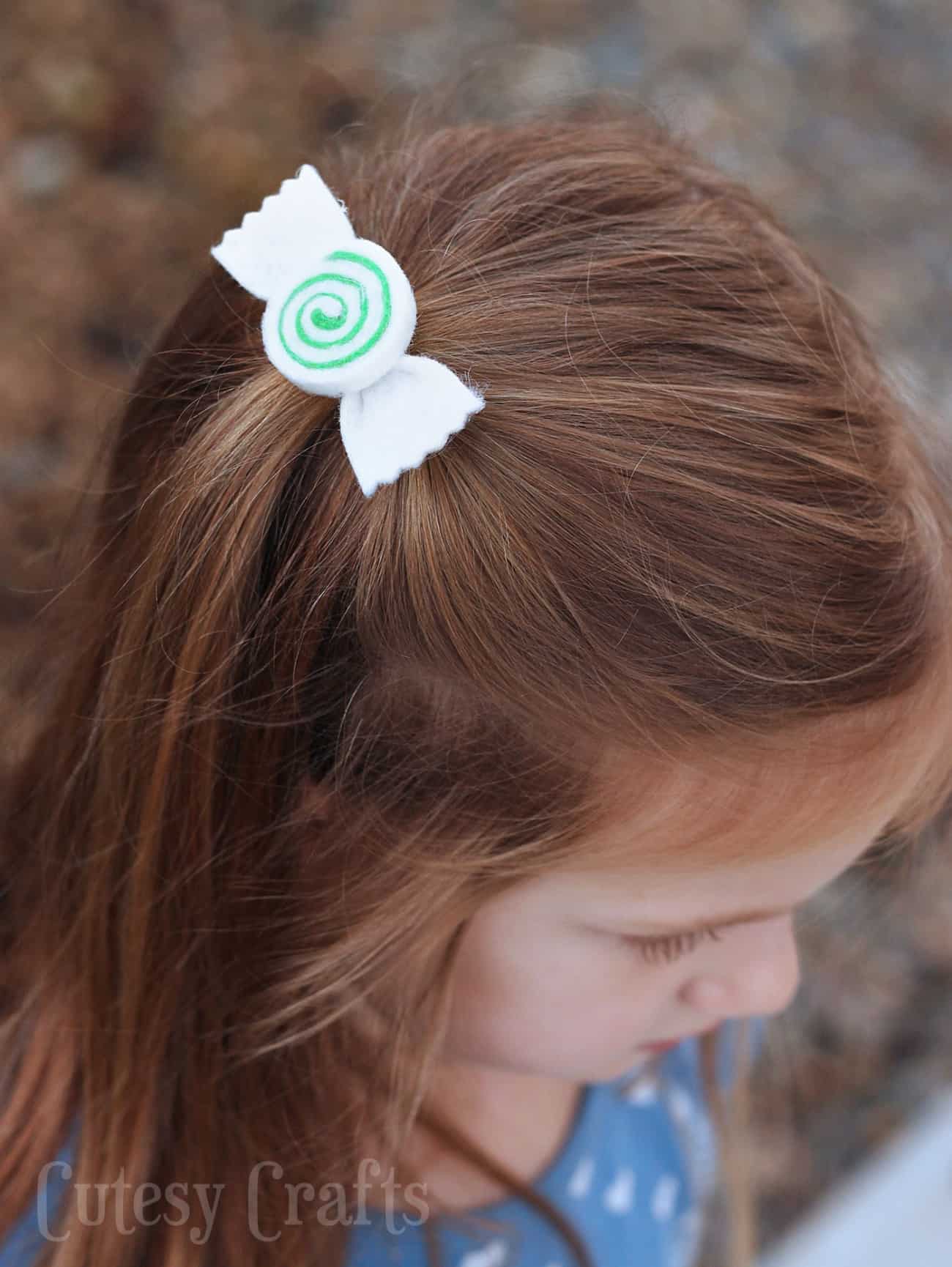Table Of Content

If you’re struggling with female or male pattern baldness or other types of hair loss, try adding peppermint oil into your hair care routine — a great way is by using Energizing Shampoo. The third method for using peppermint oil to treat hair loss is to massage the peppermint oil directly into your scalp. As with most essential oils, the pure form of peppermint oil is too strong and will irritate your skin. For this reason, you should dilute the peppermint essential oil using a carrier oil, such as jojoba oil. To do this, add one or two drops of peppermint essential oil to about one tablespoon of scalp massage oil, coconut oil, jojoba oil, or shea butter oil. After mixing those ingredients together, massage the oil into your scalp.
The link between vitamin and mineral deficiencies and hair loss
In some cases, peppermint oil that’s applied to the skin may cause irritation or a rash. If you’re concerned about having a skin reaction to peppermint oil, test it on a small patch of your skin first. Different forms of peppermint oil or menthol may help remedy pain from headaches and migraine attacks when applied in the nose. In tablet form, peppermint oil may relieve discomfort for people who have trouble swallowing.
Rinse and shampoo
Leave the treatment on your scalp for 15 to 20 minutes, then wash your hair with shampoo. You likely know that peppermint oil is a common ingredient in your toothpaste, but what about your hair products? The benefits of using peppermint oil date back thousands of years to the ancient Egyptians and Romans. Experts believe they first extracted the essential oil from the mentha piperita leaf to treat conditions like digestive issues and headaches. Today, peppermint oil is a popular essential oil known for its invigorating and cooling properties. It also has antimicrobial and anti-inflammatory properties, which can help soothe and cleanse the scalp, promoting a healthy environment for hair growth.
Peppermint Oil for Hair Loss – Home Treatments
When taken orally, peppermint oil may cause dry mouth, heartburn, nausea, abdominal pain, and in rare cases, allergic reactions. In comparing the effectiveness of rosemary oil to minoxidil for treating hair loss, researchers used a 2% minoxidil solution. In order to truly evaluate the effectiveness of rosemary oil versus minoxidil, another study would need to be conducted using a 5% minoxidil solution. It’s important to be careful that you are not ingesting peppermint essential oil. You should always check with a doctor before consuming peppermint oil in any form or applying it topically. A preshampoo treatment involving peppermint oil, (1) lavender essential oil, (7) olive oil, (8) and jojoba oil (6) will ensure that your tresses are pampered and well moisturized.
Perfect Hair Health
Each compound was topically applied to the shaved area once a day, 6 days a week, for 4 weeks. In vitro, peppermint has been reported to show anti-inflammatory, antimicrobial, and antifungal activities as well as antioxidant activity, anti-allergenic and anti-tumor actions. A pre-shampoo treatment, also called a "pre-poo," involves applying an oil, gel, or butter to your hair and allowing it to soak in for a period of time. The treatment should be left on for at least 30 minutes and at most overnight.
Read on to discover more about the forms of peppermint oil, its uses, and potential health benefits. Peppermint oil may also be beneficial if you’re dealing with itchy skin. One of the benefits of using hair oil with peppermint is its conditioning properties. Peppermint oil delivers supreme hydration, calms dryness and comforts an angry scalp to return your hair to its original shape and condition.
When massaged into the scalp, peppermint oil can benefit hair in a number of ways. Kenneth Byrd, with a BS in Accounting and Management Information Systems and an MBA from the University of Alabama at Birmingham, has over 15 years of experience and is a recognized authority in hair care. Co-founder of Curl Centric® and Natural Hair Box, Kenneth has dedicated himself to promoting ethical and scientifically-backed hair care practices.
More than 18000 Shoppers Say This Under $10 Hair Oil Is a Miracle in a Bottle - Reader's Digest
More than 18000 Shoppers Say This Under $10 Hair Oil Is a Miracle in a Bottle.
Posted: Thu, 23 Feb 2023 08:00:00 GMT [source]
Health Writer
For one, the actual science behind peppermint oil and hair health is pretty thin. If you decide to try it anyway, you’ll want to make sure you’re doing it safely to avoid potentially injuring your scalp. Another way to keep your scalp healthy is is use a scrub while giving yourself a scalp massage. The act of massaging your scalp can promote hair growth, and a scrub can help unclog pores and improve shine.
Editorial Advisory Board Member, Harvard Health Publishing

It’s perfectly fine to try as long as you apply it safely — and who knows? But you shouldn’t rely it on as a cure for baldness or as a treatment for other scalp disorders. Any cold-pressed vegetable oil like sunflower, sweet almond, grapeseed, or jojoba can get the job done. But if your scalp tends to be oily or you have acne, a non-pore clogging oil like jojoba might be your best bet.
Read on to explore peppermint oil’s benefits for hair—both fact and fiction. Combine a few drops of peppermint oil with your other favorite essential oils for new hair care and skin care favorites. Use peppermint oil with roucou oil as an ideal treatment for dealing with dandruff or eczema. Blend peppermint oil with tea tree oil for a spot treatment, or argan oil for moisture. For a daily massage to stimulate new growth, add two drops of peppermint oil to one tablespoon of carrier oil such as jojoba oil or coconut oil.
Increasing circulation with a vasodilator like peppermint could potentially improve hair growth and prevent some hair loss. The first method for using peppermint oil to treat hair loss is to buy shampoos and conditioners that contain peppermint oil. Peppermint oil is often used in shampoos, conditioners, and other hair care products to create a cool, clean feeling on the scalp while also enhancing the product’s scent.
Turmeric, a common kitchen ingredient with a bright colour and rich flavour, is believed to have numerous health benefits, including better digestion and glowing skin. Did you know that this easily available spice can also do wonders for your hair? Turmeric or haldi may boost hair growth, reduce hair loss, and keep dandruff at bay. This study used peppermint oil (Sanoflore®, France) certified as 100% pure and natural essential oil by an organic product certification organization (ECOCERT-F ) and jojoba oil (Desert Whale, USA). The chemical compositions of peppermint oil and jojoba oil used are listed in Table 1. When applying peppermint essential oil topically, a light tingle is desirable.
It doesn’t have longstanding traditional evidence to back it up, nor has it been studied in depth. Only over the past few decades have peppermint essential oils been widely available to the public. One study found that shampoo infused with a mixture of essential oils, including peppermint oil, and some conventional chemicals for preparing an antidandruff shampoo enhanced the product's efficacy. The mice were euthanized with diethyl ether and extracted skin tissue. The dermal thickness and follicle depth were also measured by using the scale bar tool of the fluorescent microscope.
Moreover, as a natural ingredient, it is often included in hair products to boost fragrance, strength, and longevity. Essential oils have been used for thousands of years in some parts in the world to promote hair growth. However, the use of peppermint for reinvigorating hair growth is generally recent.
That said, a recent 2014 study in mice showed that peppermint essential oils could hold a lot of promise for hair growth. Researchers noticed the hair grew faster and thicker, and blood flow to undernourished hair follicles increased. The study opens a door to exploring peppermint essential oil’s benefits for human hair growth. This may be because the menthol in peppermint essential oil is a vasodilator, and vasodilators improve blood flow. In many instances (such as in female or male pattern baldness), hair loss occurs due to starved blood flow to hair follicles.

No comments:
Post a Comment